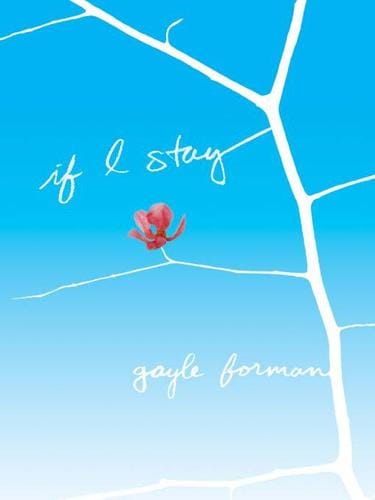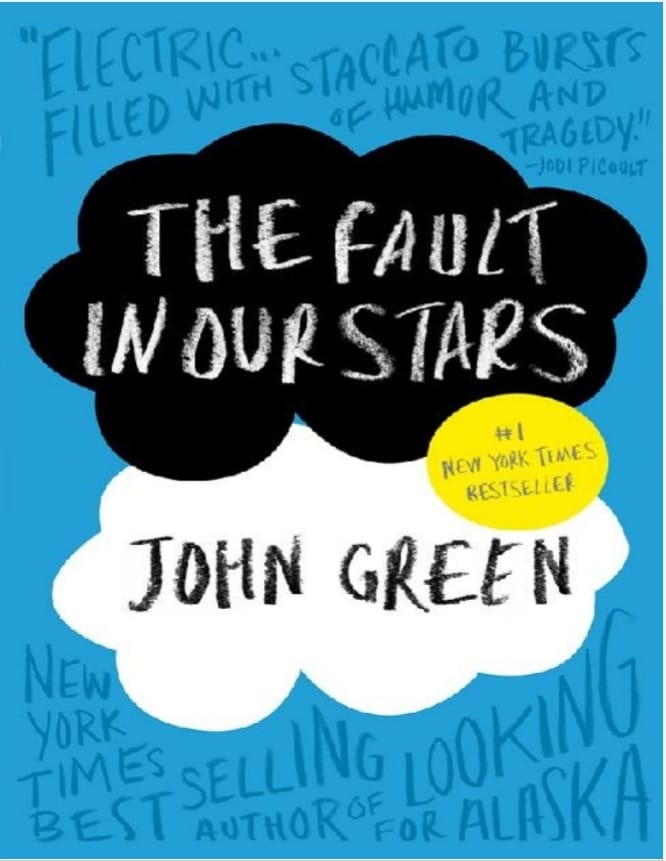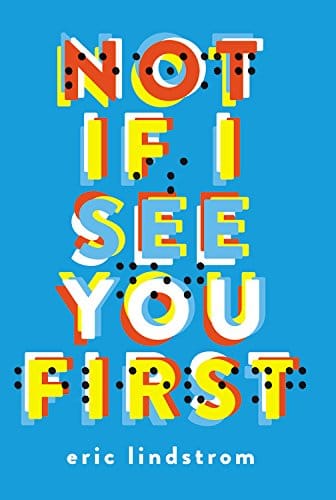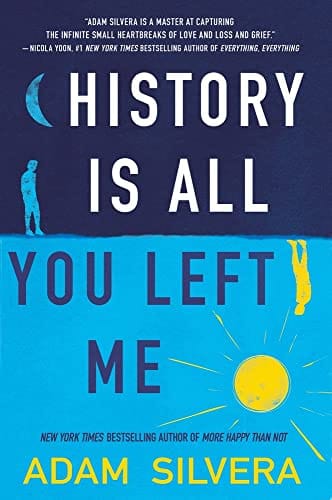Breaking Dawn: Plot, Themes and Legacy of the Twilight Saga Finale
A deep dive into Breaking Dawn’s plot, themes, film adaptation and cultural impact, revealing why Stephenie Meyer’s finale still captivates Twilight fans.

Introduction
Breaking Dawn, the climactic fourth novel in Stephenie Meyer’s Twilight Saga, arrived in August 2008 to a tidal wave of anticipation and midnight release parties across the globe. The 754-page conclusion completed the love story between Bella Swan, a human turned vampire, and Edward Cullen, the century-old immortal who captured her heart. Packed with romance, suspense and supernatural politics, the novel pushed the series beyond high-school angst into adult responsibilities, marriage and parenthood. Fifteen years later, Breaking Dawn continues to fascinate readers, ignite debate and dominate bestseller lists, proving that its bite remains as sharp as ever.
Plot Overview
Breaking Dawn is divided into three distinct books that shift narrative perspective. In Book One, Bella recounts her extravagant wedding to Edward and their secluded honeymoon on Isle Esme, where an unexpected pregnancy threatens her life. Book Two switches to Jacob Black’s point of view as he wrestles with loyalty to his werewolf pack, instinct to protect Bella and painful realization that the unborn child, Renesmee, is not a monster but his destined imprint. Book Three returns to Bella, now a newborn vampire mastering extraordinary self-control. When the ancient Volturi hear rumour of a forbidden immortal child, they march on Forks, setting the stage for a tense diplomatic showdown instead of inevitable bloodshed.
The Volturi Conflict
The final act centers on gathering global vampire witnesses to testify that Renesmee is a unique human-vampire hybrid rather than an immortal child, whose creation the Volturi punish with death. Through strategic alliances, evidence and Bella’s newly discovered mental shield, the Cullens expose the Volturi’s ulterior motives for power. Faced with united resistance and uncertain victory, Aro retreats, allowing peace to prevail and granting Bella and Edward their long-promised happily ever after.
Character Development
Breaking Dawn thrusts its characters into accelerated growth. Bella transforms not only physically but emotionally, embracing agency and maternal ferocity. Edward confronts his protective instincts and learns to respect Bella’s autonomy, while their partnership evolves into genuine equality. Jacob, long defined by unrequited love, finds unexpected closure through imprinting, freeing him from rivalry and opening a new familial bond with the Cullens. Secondary characters—from Alice’s visions to Emmett’s comic relief—gain depth as they recruit allies. Even antagonists, such as reluctant Volturi witness Garrett, illustrate the story’s emphasis on choice over destiny.
Themes and Symbolism
Meyer weaves an array of themes that resonate with her predominantly young-adult audience transitioning into adulthood. Foremost is the exploration of agency: Bella refuses to be a passive damsel, choosing marriage, transformation and motherhood on her own terms despite external objections. The novel also grapples with identity, illustrating how hybrid Renesmee symbolizes harmony between disparate worlds—human and vampire, mortal and immortal. Sacrifice, a recurring motif, culminates in the Cullens’ willingness to risk annihilation for family. Religious and mythic symbolism is evident in Bella’s shield, functioning as both spiritual armor and metaphor for personal boundaries. Finally, Breaking Dawn subverts the genre’s expectation of violent climaxes; diplomacy triumphs over combat, underscoring the power of dialogue and collective witness.
Critical Reception
Upon release, Breaking Dawn polarized critics and fans. Some praised Meyer’s daring narrative structure, the maturation of Bella and the series’ unabashedly romantic payoff. Others criticized graphic childbirth scenes, Jacob’s imprinting on a child and the absence of an epic battle after extensive buildup. Nevertheless, the book shattered sales records, moving 1.3 million copies in its first day in the United States alone. Reviewers from Publishers Weekly and The New York Times acknowledged the author’s gift for compulsive storytelling, even while questioning the explicit pro-family subtext. The controversy only amplified the novel’s visibility and long-term relevance.
Film Adaptation
Summit Entertainment adapted the novel into two films, Breaking Dawn – Part 1 (2011) and Part 2 (2012), directed by Bill Condon. Splitting the narrative allowed deeper exploration of Bella’s pregnancy, Jacob’s perspective and the climactic Volturi confrontation. Part 2 introduced a surprise vision-sequence battle that momentarily satisfied viewers craving action before revealing it as Alice’s prophetic warning—a cinematic twist absent from the book yet faithful to its pacifist resolution. Combined, the films grossed over 1.5 billion dollars worldwide, cementing Kristen Stewart, Robert Pattinson and Taylor Lautner as pop-culture icons and expanding the saga’s already massive global audience.
Legacy and Cultural Impact
More than a decade later, Breaking Dawn influences popular culture, fan fiction and the broader publishing landscape. Its depiction of a human-vampire hybrid inspired subsequent paranormal romances such as Richelle Mead’s Bloodlines and Julie Kagawa’s Blood of Eden. Bella’s choice-driven arc encouraged discussions about female agency in young-adult literature, while the portrayal of a stable, supportive supernatural family countered darker vampire archetypes. The book also fueled online fandom creativity, spawning countless fan conventions, cosplay and transformative works that still trend on social media hashtags. Academics examine the novel in courses on gender, religion and modern myth, proving its scholarly as well as commercial significance.
Conclusion
Breaking Dawn may conclude the Twilight Saga, but its narrative heartbeat persists. By blending domestic themes with supernatural stakes, Meyer crafted a finale that challenged genre expectations and ignited enduring conversation. Whether celebrated for its romantic wish-fulfillment or critiqued for polarizing choices, the novel remains a cultural touchstone reminding readers that love, family and personal agency can shine even in the darkest night before dawn.



